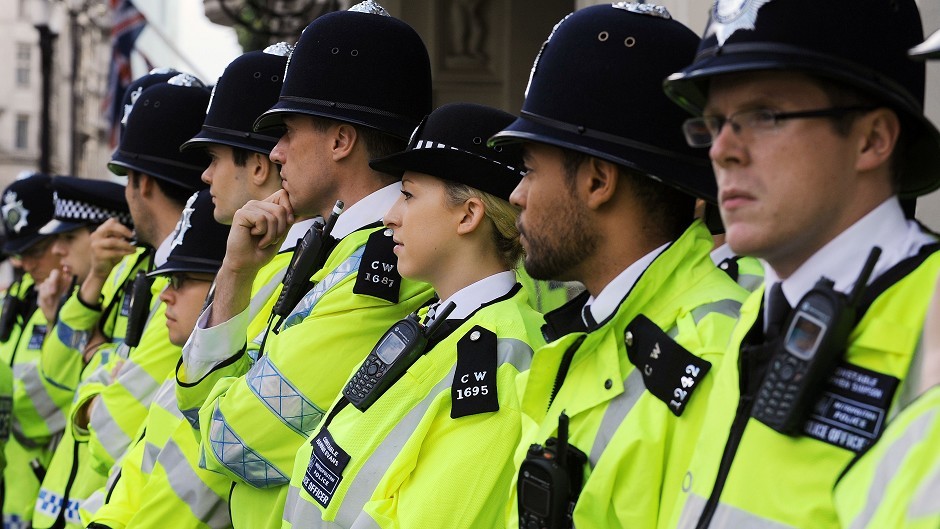Council bosses in the north and north-east have warned that shutting regional emergency control rooms could risk lives because operators will struggle to understand dialects.
Aberdeenshire Council and Orkney Islands Council have also raised concerns about the vast area that needs to be covered once police and fire bases in Aberdeen and Inverness close – and if operators in the south will know where particular locations are.
The criticism emerged as a freedom of information request revealed that emergency control staff in Aberdeen have twice been left to rely on their local knowledge following system failures in the past year.
The local authorities have made their views clear in submissions to the Scottish Parliament’s justice committee about plans to close fire control rooms in Aberdeen and Inverness, and to turn the Highland’s police base into a hub for major crime.
Aberdeenshire Council’s chief executive, Colin Mackenzie, accused the fire service of a “complete lack of meaningful consultation” over its decision, while he said there had been “minimal” feedback from police.
He said he had doubts about operators elsewhere in the country understanding north-east accents and place names, which could “misdirect” appliances and cause delays.
Orkney Islands Council said that with the “best will in the world” it would be impossible for staff in the south to be able to familiarise themselves with the “detailed geography” of the entire north command area.
“Each part of this area, Orkney included, has its own local dialect and numerous locations with similar or identical names, which an operator with local knowledge would immediately recognise,” it said.
Chief fire officer Alasdair Hay said that local knowledge was held by fire crews within fire stations based in local communities.
“It is the combination of technology, skill and knowledge that ensures control and frontline fire fighters provide the right response,” he said.
Police Scotland’s Assistant Chief Constable Mike McCormick said that since Scotland’s eight forces merged, there was a “pressing need” to remodel the control divisions to ensure each area had access to expertise and support.
